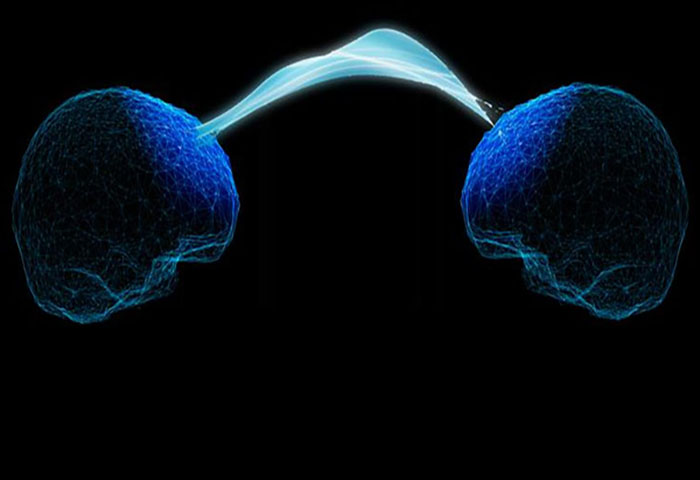The Neural Basis of Real-World Social Interaction
Connecting Art, Education and Brains
6 February 2017, 18:30 | Court Room, Senate House
Most of us interact with other people on a daily basis. Yet, we know very little about how the brain supports dynamic social interactions. In this talk, Dr Suzanne Dikker will discuss a series of collaborative projects with scientists, artists, and educators, to investigate the brain basis of real-world face-to-face communication.
For example, in partnership with a New York City high school, one research project followed a class of students throughout the school year and recorded their brain activity during regular class activities. In another, 2.500 museum visitors participated in the Mutual Wave Machine, an interactive art/neuroscience installation that translates brainwave synchrony between pairs of people into light patterns (more light = more synchrony).
Dr Dikker will present these and other projects and discuss whether a multidisciplinary approach may provide a promising new avenue for investigating social interactions outside of the laboratory.

Registration
Please register your attendance on the School of Advanced Study website here.
Speakers
Suzanne Dikker, Research Scientist at Utrecht University, Dept. of Language and Communication & New York University, Dept. of Psychology.
What to expect
Join us for an interactive seminar followed by open discussion in Senate House, London. Wine and refreshments will be available before the seminar and during the discussion.
This event is part of The Human Mind Project Seminar Series. The Human Mind Project is an inclusive hub encouraging debate on the human mind, and our Seminar Series aims to facilitate interdisciplinary dialogue and enquiry.
Speaker Biography
Suzanne Dikker’s research merges cognitive neuroscience, education, and performance art in an effort to understand the brain basis of human social interaction. Together with media artist Matthias Oostrik and other collaborators from both the sciences and the arts, she uses portable EEG (emotiv) in a series of crowd-sourcing neuroscience experiments / interactive brain installations that investigate the role of brainwave synchronization between two or more people in successful communication. These experiments are executed outside of traditional laboratory settings, such as schools and museums (e.g. the American Museum of Natural History, the Garage Center for Contemporary Culture, Eye Institute Amsterdam). Suzanne is affiliated with New York University and Utrecht University, with support from the Dutch Organization for Scientific Research (VENI Award) and the National Science Foundation (NSF-INSPIRE). She further curates the Annual Watermill Art & Science: Insights into Consciousness Workshop.
